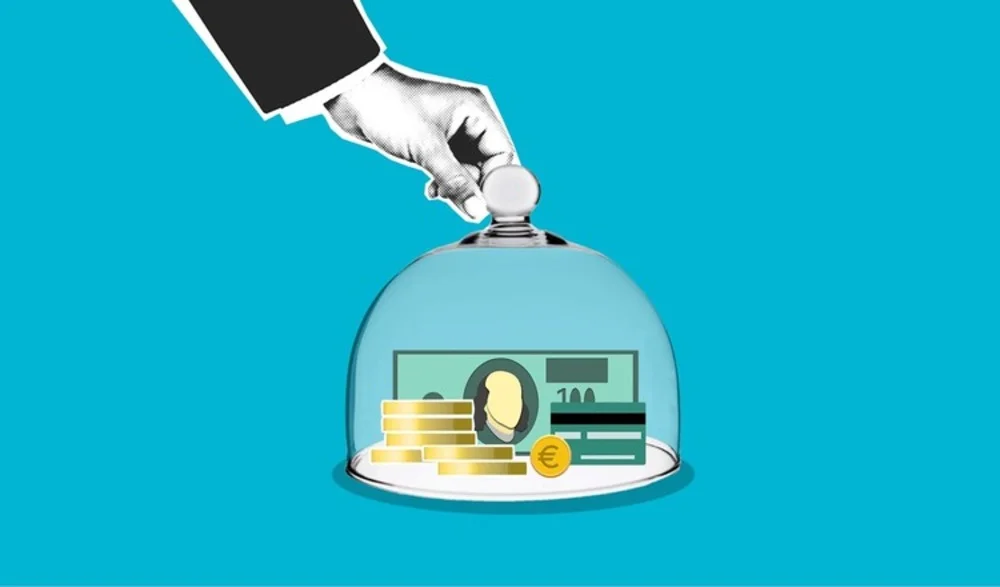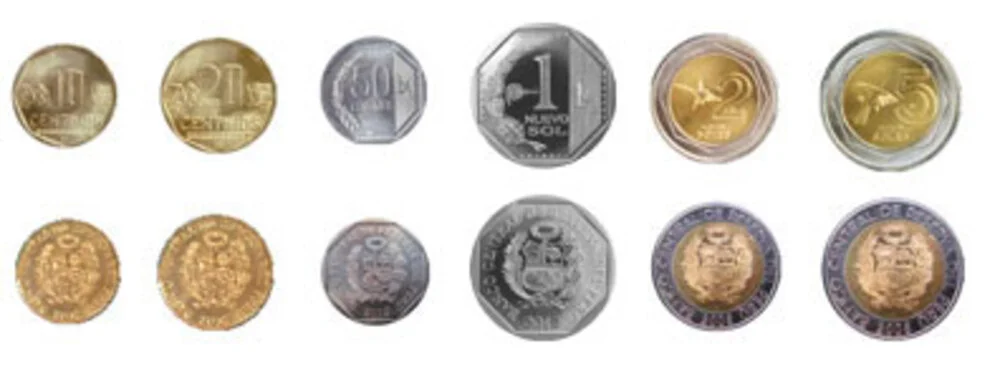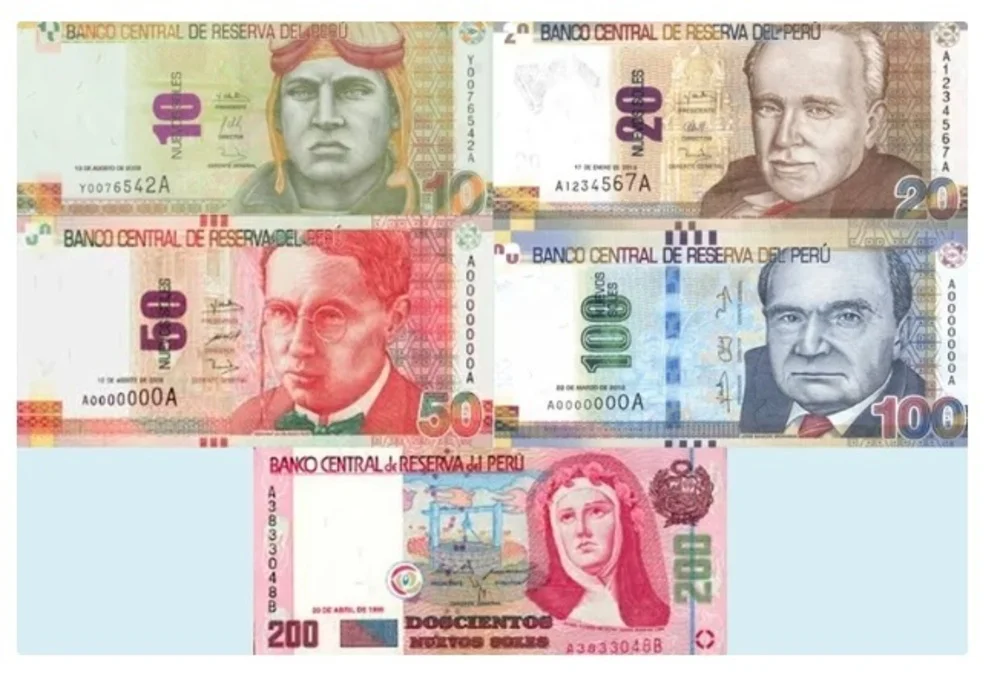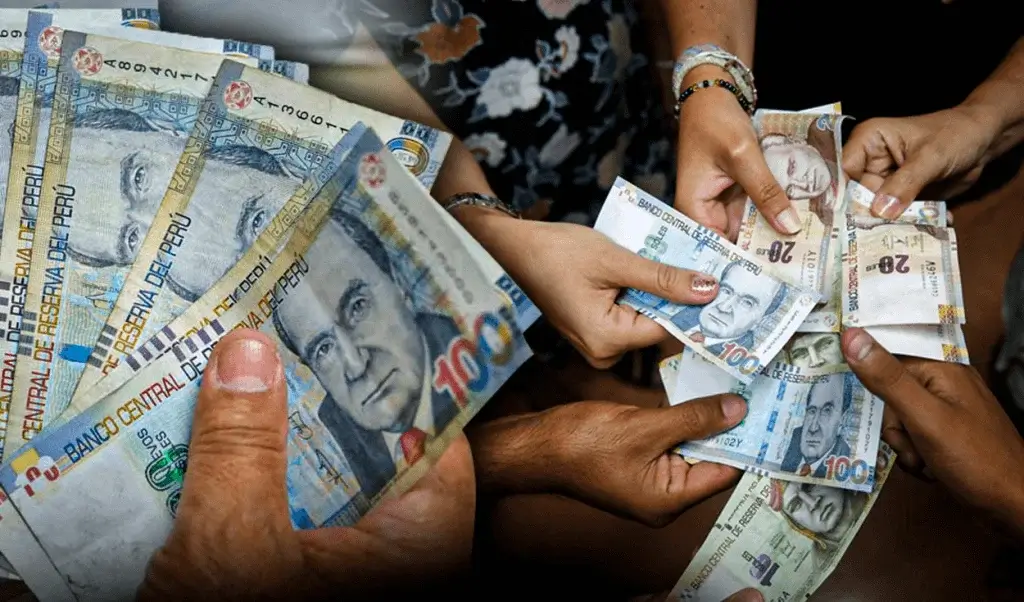Peru’s currency isn’t just a means of payment it’s a reflection of the country’s rich history, diverse culture, and artistic heritage. Whether you’re exploring the streets of Cusco, sailing on Lake Titicaca, or venturing into the Amazon, understanding the Peruvian sol can help you navigate your trip smoothly and appreciate the cultural layers hidden within every coin and banknote.
In this comprehensive guide, we break down the origins, design, denominations, symbolism, and practical travel tips you need to know to make the most of your money while traveling in Peru.
What Is the Currency in Peru?
The official currency of Peru is the sol (plural: soles), abbreviated as PEN or symbolized by S/..
It replaced the “nuevo sol” in 2016, simplifying the previous denomination system after decades of inflation and currency reform.
1 sol = 100 céntimos (cents)
Travel Tip: While many locals may still refer to it as “nuevo sol,” the current name is simply sol.
A Brief History of Peruvian Currency
Over the centuries, Peru's currency has changed dramatically, reflecting the nation's economic struggles, colonial influences, and rich history. The history of money in Peru is an intriguing tale of tenacity and change, from the silver coins of the Spanish colonial era to the contemporary Peruvian Sol.
The Peruvian sol has undergone numerous transformations:
- 1863: First sol introduced.
- 1985: Replaced by the inti due to hyperinflation.
- 1991: The nuevo sol was introduced to stabilize the economy.
- 2016: Renamed simply as the sol, with updated designs.
1. Pre-Colonial and Colonial Currency
The Inca Empire functioned without a recognized currency prior to the Spanish conquest. Rather, it depended on the ayni and minka system of reciprocity and barter, in which goods and services were traded among the community.
Silver and gold coins became the norm after Spanish colonization in the sixteenth century. Established in 1565, the Casa de Moneda de Lima (Lima Mint) produced coins that were used all over the Spanish Empire. Internationally, the well-known "Pieces of Eight" (Spanish dollars) were widely accepted and used.
2. The Republican Era and the First Sol
After gaining independence in 1821, Peru began issuing its own coins and banknotes. The country introduced the Peruvian Sol in 1863, named after the Latin word "sol", meaning sun a nod to the Inca Sun God, Inti. This currency replaced the real and remained in use for over a century.
3. The Inti (1985–1991): A Response to Inflation
The government switched from the sol to the Peruvian Inti in 1985 as a result of the 1980s hyperinflation. This new currency, which was named after the Inca sun god, was first intended to stabilize the economy but soon succumbed to severe inflation as well.
4. The Nuevo Sol (1991–2015): Economic Recovery
To combat the crisis, in 1991 Peru introduced the Nuevo Sol (S/.), which marked a turning point in monetary stability. One Nuevo Sol was equivalent to 1 million Intis. Backed by economic reforms and a growing economy, it helped restore public confidence in the national currency.
5. Return to the Sol (2015–Present)
The term "nuevo" was formally abandoned in 2015, and the currency was renamed simply "Sol" (S/). Both Peru's ancient origins and its contemporary identity are still referenced in the name. The Sol is currently regarded as one of the strongest currencies in Latin America due to its stability and low rate of inflation.
Peruvian Coins: Denominations and Symbolism
Peru's coinage represents the country's rich cultural legacy and pride in its ancient civilizations in addition to its monetary purpose. Here is a list of the coins that are in use right now along with the significance of each one's distinctive design.
Common Coins in Circulation
Peru uses both céntimos and soles in its coin system:
Céntimos:
- 5 céntimos
- 10 céntimos
- 20 céntimos
- 50 céntimos
Soles:
- 1 sol
- 2 soles
- 5 soles
Note: Coins smaller than 5 céntimos have been discontinued due to inflation and lack of use.
Symbolism on Peruvian Coins
Each coin in Peru tells a piece of the country's story, highlighting key symbols from its rich cultural past:
10 and 20 céntimos:
- Feature reliefs from Chan Chan, the largest pre-Columbian adobe city in the Americas. These designs honor the engineering and artistic mastery of the Chimú civilization.
1 sol coin (post-2016):
- Embossed with the Marca Perú logo a visual symbol of national pride, economic progress, and Peru’s international identity as a top travel destination.
2 and 5 sol coins:
- Adorned with geoglyphs from the Nazca Lines, such as the hummingbird and frigate bird—mysterious and iconic symbols that connect modern Peru with its ancient astronomical and artistic roots.
Peruvian Banknotes: Cultural Icons and Historical Figures
Peruvian banknotes serve as miniature cultural exhibits in addition to being money. Each denomination blends heritage, intelligence, and biodiversity in each bill by showcasing significant historical figures on the front and famous national landmarks or natural wonders on the back.
Current Denominations
- 10 soles
- 20 soles
- 50 soles
- 100 soles
- 200 soles
Design Highlights & Symbolism
S/.10
- Front: José Quiñones. Peruvian Air Force hero who sacrificed his life in 1941.
- Back: Machu Picchu, the iconic Inca citadel and UNESCO World Heritage Site.
S/.20
- Front: Raúl Porras Barrenechea. Celebrated historian, diplomat, and senator.
- Back: Huaca de la Luna, a Moche ceremonial site known for its vibrant murals.
S/.50
- Front: Abraham Valdelomar. Influential poet, essayist, and storyteller of early 20th-century Peru.
- Back: Chavín de Huántar, a pre-Inca archaeological complex in the Andes.
S/.100
- Front: Pedro Paulet. A visionary engineer and rocket propulsion pioneer, ahead of his time.
- Back: Marvelous Spatuletail, a rare and dazzling hummingbird native to Peru.
S/.200
- Front: Saint Rose of Lima. The first Catholic saint from the Americas, revered for her compassion and devotion.
- Back: Sacred City of Caral, the oldest known civilization in the Americas.
Current Exchange Rates and Conversion Tips
As of June 2025:
- 1 USD ≈ S/. 3.68
- 1 EUR ≈ S/. 3.95
- 1 GBP ≈ S/. 4.65
- 1 CAD ≈ S/. 2.76
- 1 AUD ≈ S/. 2.42
Use apps like XE or Google Currency Converter for live updates before withdrawing or exchanging.
Where and How to Exchange Money in Peru
| Option | Pros | Cons |
|---|---|---|
| Casas de cambio | Competitive rates, quick service | May not exist in rural areas |
| Banks | Secure, trustworthy | May charge a commission |
| ATMs | Convenient, gives local currency | International withdrawal fees apply |
| Hotels & Airports | Easy access | Poor exchange rates |
| Street exchangers | High flexibility | Use caution due to counterfeit risks |
Safety Tips: Avoiding Counterfeit Currency
Counterfeit bills are a known issue in Peru. Protect yourself by:
- Feeling for raised textures
- Looking for color-changing ink
- Checking for security threads and watermarks
Avoid accepting torn or overly worn bills they may be rejected by vendors.
Cash, Cards, and Digital Payments in Peru
- Visa and Mastercard widely accepted in urban areas.
- American Express is less common.
- Digital wallets like Yape and Plin are growing among locals.
- Always carry some soles for taxis, tips, and local purchases.
Pro tip for families or groups: Carry small bills for snacks, museum entries, and crafts from artisans.
FAQs About Peruvian Currency
Is it better to bring cash or use a card?
A mix is ideal. Bring USD and withdraw soles when needed.
Can I pay in US dollars in Peru?
Some tourist spots accept them, but soles are preferred.
Should I tip in soles or dollars?
Soles are easier to use for tips and small purchases.
Is it safe to use ATMs at night in Peru?
Use only in secure locations and during the day when possible.
Knowing the Peruvian sol is not only useful, but also enlightening. Every coin and bill is a tiny homage to the nation's magnificent history and stunning scenery. In addition to preventing travel problems, becoming familiar with the currency will strengthen your ties to Peru's vibrant culture.
At Andean Travel Experience, we specialize in seamless, culturally rich adventures that connect you to every aspect of the destination including how to spend smart. Contact us now and plan your perfect peru tour.






